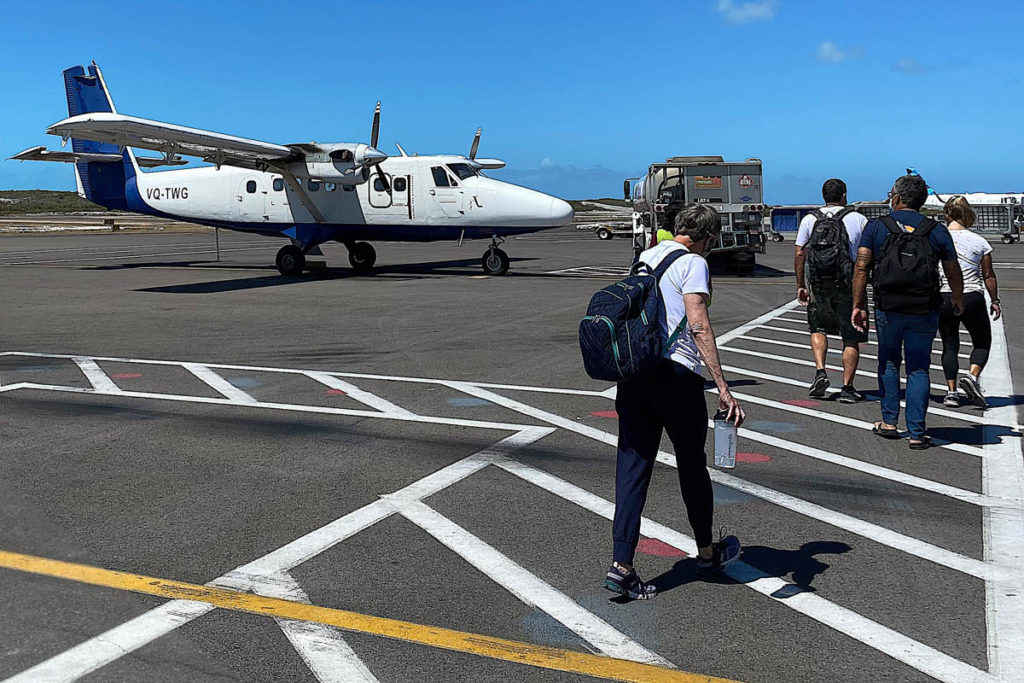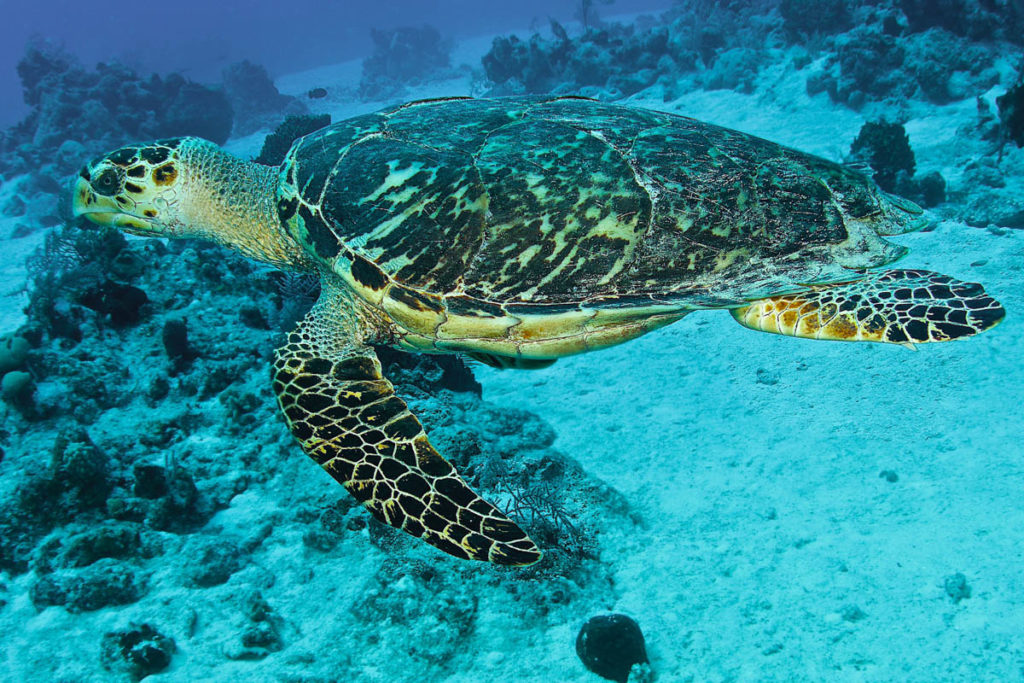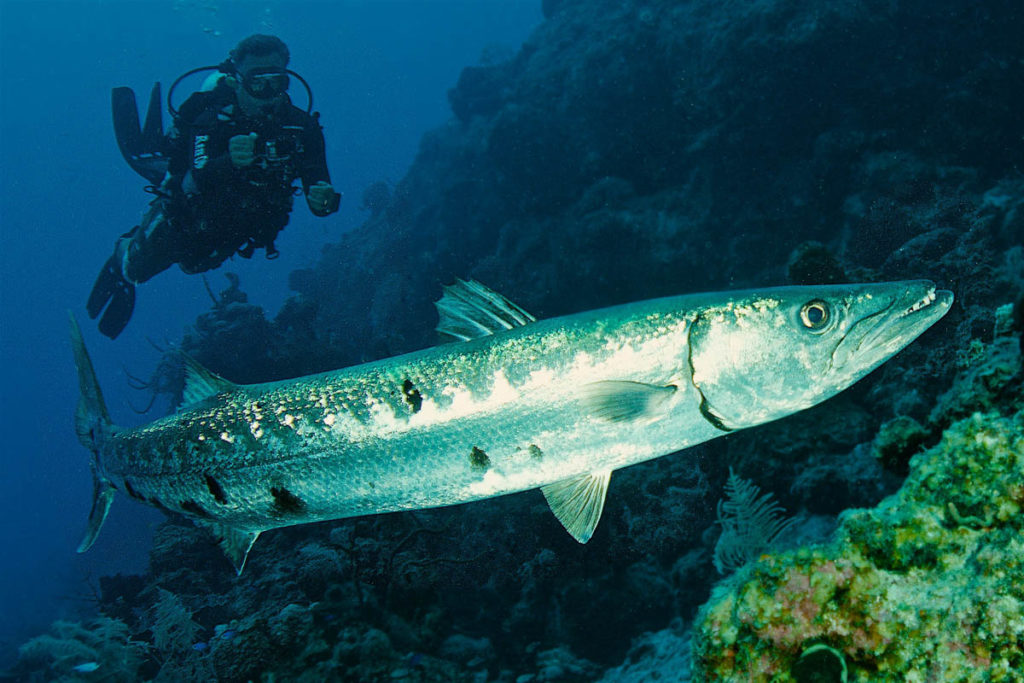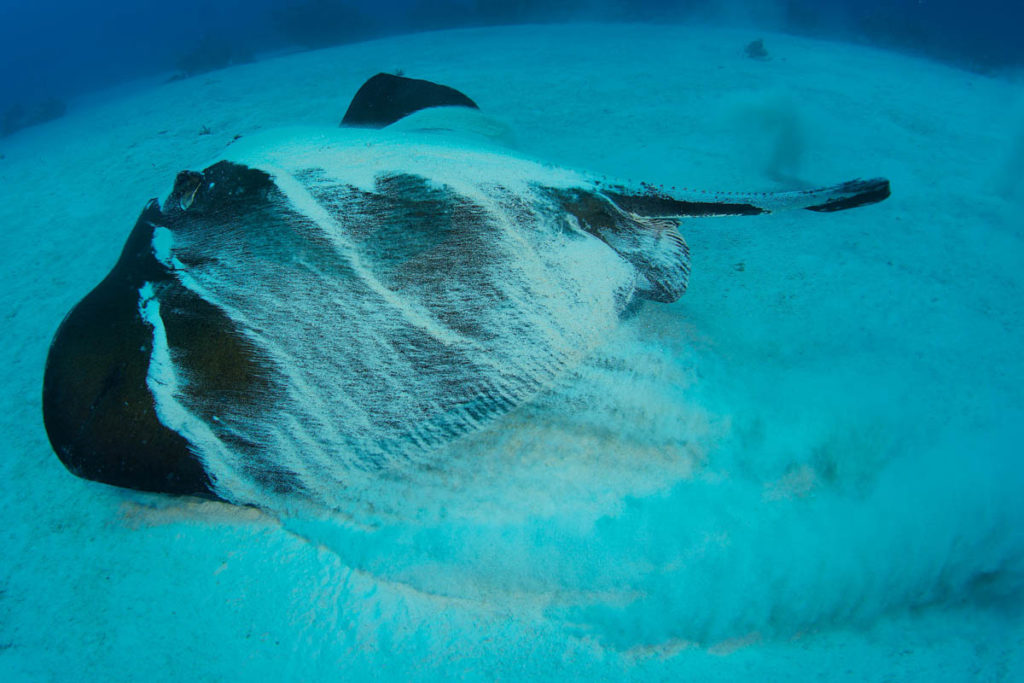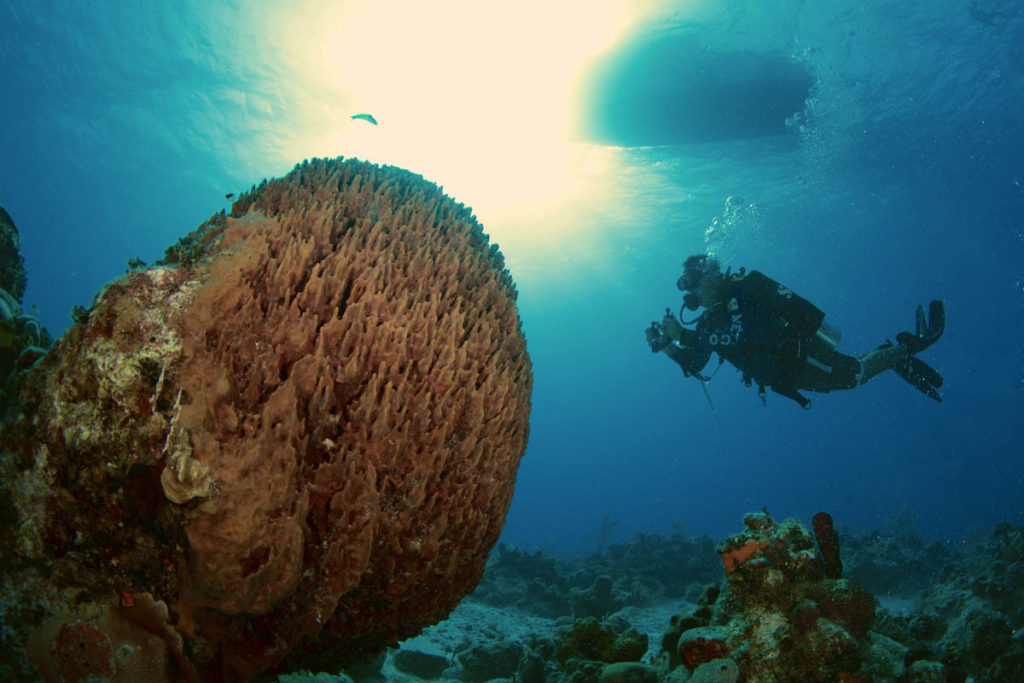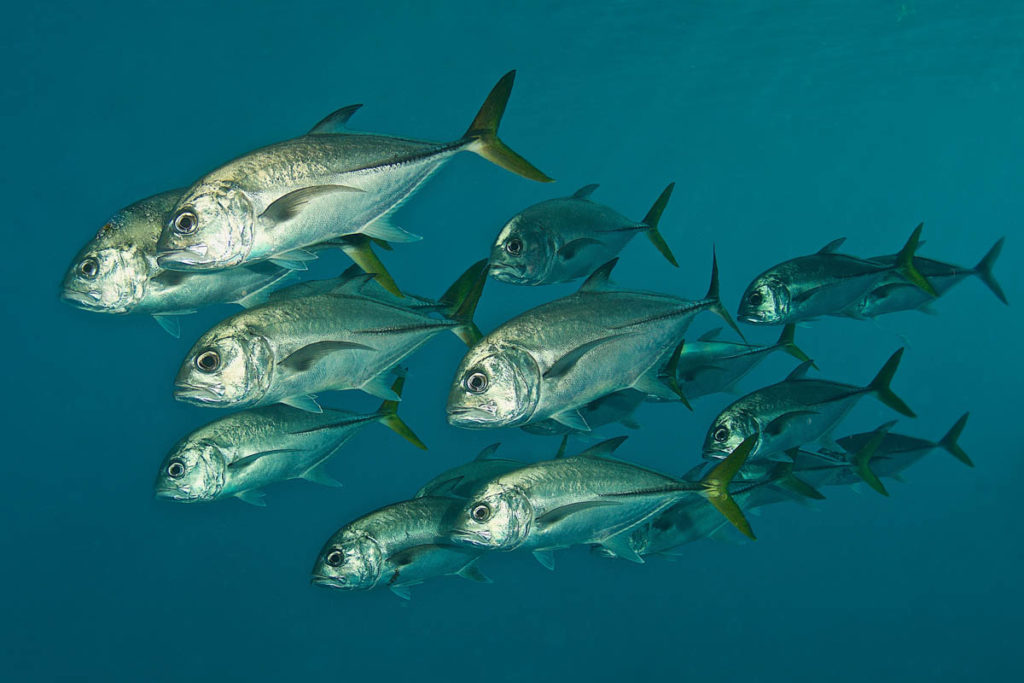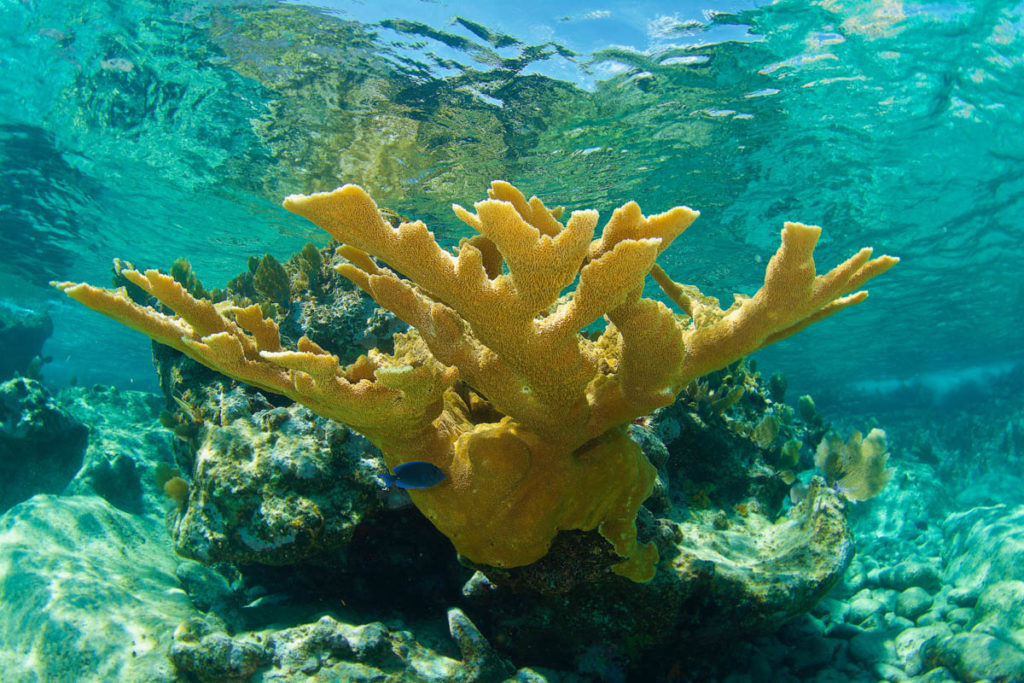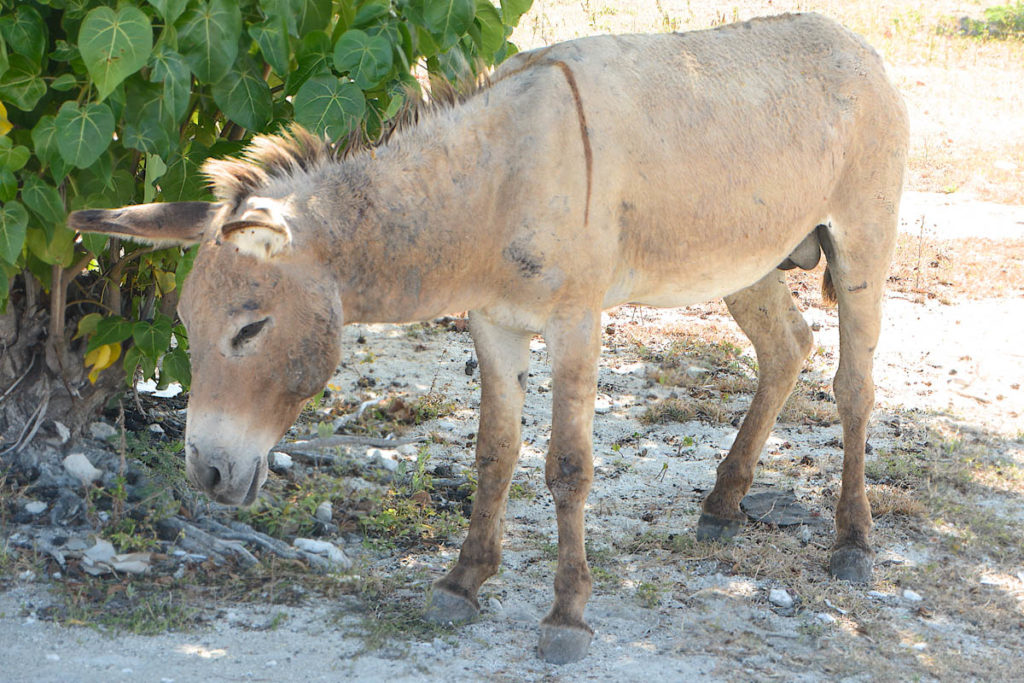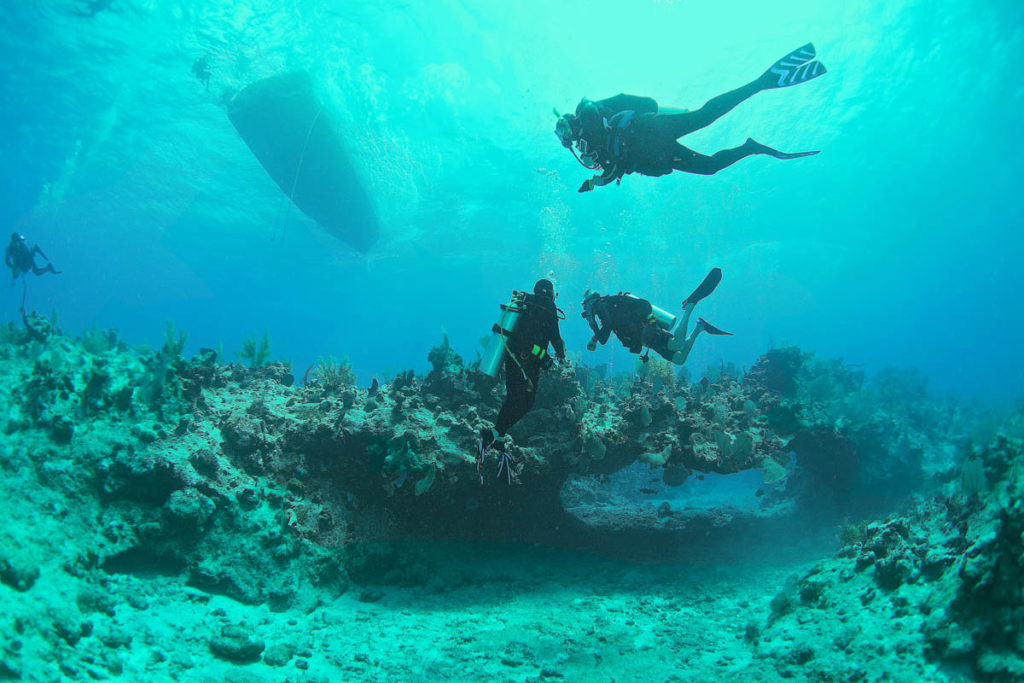South Caicos is the seventh largest island in the Turks and Caicos Islands, with a land area of about 21.2 square kilometers (8.2 square miles). It is on the southeastern edge of the Caicos Bank and along the western edge of the Turks Island Passage. The Turks and Caicos Islands are a British overseas territory, which consists of the larger Caicos Islands archipelago and the smaller Turks Islands archipelago. The Turks Island Passage is a deep-water channel that runs north and south between the two island groups. The fringing reefs that run along the edge of the Bank, give way to vertical walls that drop to extreme depths of thousands of feet. The Turks and Caicos Islands are located in the western Caribbean, southeast of the Bahamas chain and north of the Dominican Republic.
South Caicos is known for excellent fishing, getting away from it all, and snorkeling and scuba diving. South Caicos was formerly an active salt exporter, and the island still hosts a network of salt pans as a reminder of the industry. In the middle of these salt pans or salinas, visitors will find the “boiling Hole.” This is an exposed hole where salt water bubbles up during high tide, bringing salt water to the interior of the island. It is the end of a naturally formed underground fissure passage that connects the ocean to the salina ponds on South Caicos. Today, tourists can walk out to the ‘Boiling Hole’ from the Cockburn Harbor side of the main salina. There is a 20 foot (6m) wide, low concrete structure that surrounds the Boiling Hole, along with the remains of the gates that were used to control the flow of salt water into the salinas.
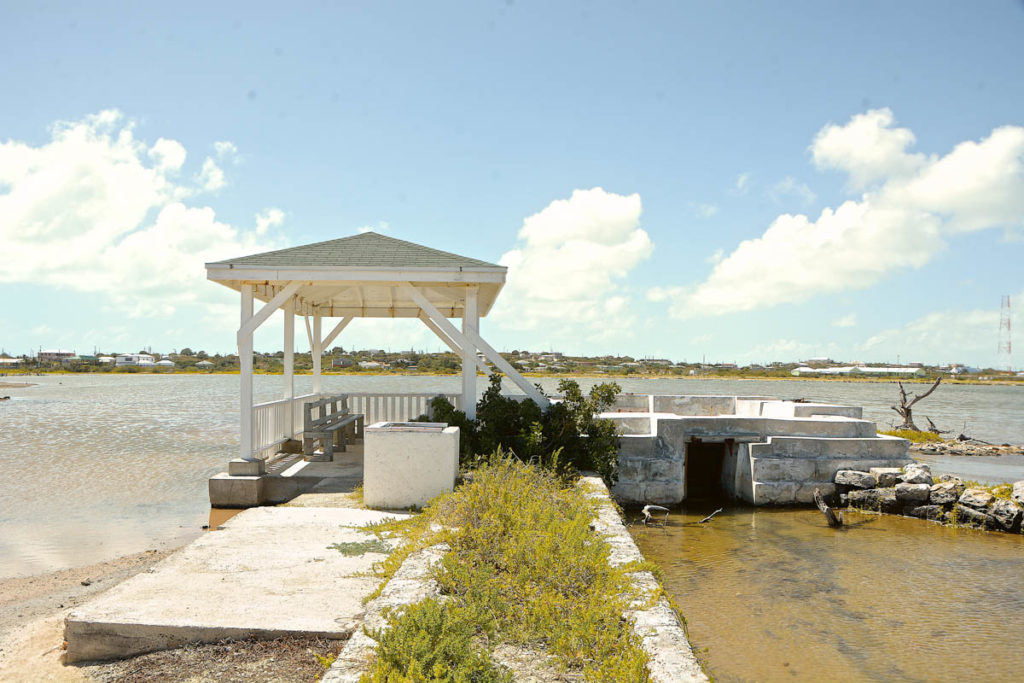
Today, the island’s main income is derived from small-scale commercial fishing, with a scattering of fish processing plants, focusing on conch and spiny lobster exports. The School for Field Studies, a global nonprofit, accredited by a public land-grant research university located in Minneapolis, Minnesota, has established a well-regarded Center for Marine Resource Studies in Cockburn Harbor. The Center’s research focuses on marine ecology and resource management. There is some real estate development in South Caicos, but tourism is currently limited, which makes South Caicos a great place to get away from the crowds.
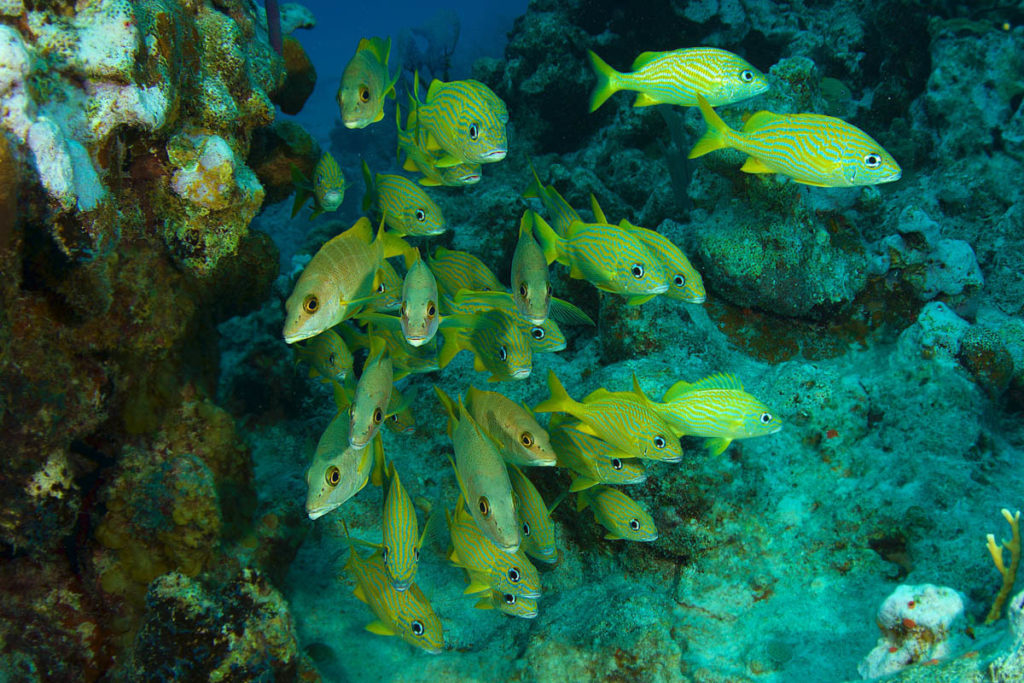
Historically, the naturally sheltered deep-water marine anchorage, Cockburn harbor, made South Caicos attractive for the production and export of sea salt, an industry that began in the Turks and Caicos in the 17th century. The salt was produced by evaporating sea water in shallow ponds toward the center of the island. The salt industry was largely responsible for populating the islands of Salt Cay, Grand Turk and South Caicos. In the 1660s, Bermudans began coming to the Turks Islands and South Caicos to rake salt. They soon developed the salt trade, which was to be the foundation of the South Caicos economy for the next 300 years. Cockburn Harbor, the largest settlement on South Caicos Island and the capital of the Turks and Caicos Islands, is home to about a thousand year-round residents. Until the 1960s, it was an important center of regional trade and a major exporter of salt. Today its main industry is small-scale fishing focused on conch and spiny lobster exports.
The island of South Caicos is an interesting destination that is more attractive to many tourists because it offers a destination without crowds. This quiet island sits at the southern edge of the Caicos Banks, facing a deep-water channel where humpback whales pass each winter. South Caicos’ only settlement is the fishing village of Cockburn Harbor. Until recently this sleepy port town didn’t offer much in the way of vacation accommodations. Things have changed a bit with the opening of the East Bay Resort, which is an 86-room oceanfront property that is located on a beautiful, secluded white sand beach. At this time, East Bay Resort is the only commercial operation that offers scuba diving in South Caicos. In September of 2021, Reef Divers from the Cayman Islands assumed ownership and management of the resort and dive operation.
East Bay Resort can be reached via a 20-minute flight from the international airport in Providenciales, which has several direct flights from the US each day. Guests can choose between traditional hotel rooms and one or two-bedroom suites that have full kitchens and separate living rooms. All accommodations include the usual resort amenities such as air conditioning, WIFI, premium comfortable bedding and flat-screen televisions with cable channels. The property also includes an oceanfront swimming pool, tennis courts, a fitness center, and a Spa. The restaurant facilities at East Bay Resort offer the combination of a creative, extensive buffet style meal service and a Bar & Grill, where guests can order from a menu. Both the buffet and grill are managed by an award-winning chef.
Set in the aquatic sanctuary of the Admiral Cockburn National Park on a pristine mile-long beach, all rooms at East Bay Resort feature awesome views of the beach, ocean, and the surrounding natural landscape. Divers familiar with the Cayman Islands may recognize Reef Divers, as this is the in-house dive operation for the acclaimed properties of Little Cayman Beach Resort, Cayman Brac Beach Resort and the Cobalt Coast Grand Cayman Resort. The owners and management team behind these resorts are now focused on bringing the same levels of service, convenience and comfort to the island of South Caicos. The East Bay Resort is located on a beautiful bay with turquoise water, lots of beach and open space to paddle board or kayak. The resort offers several excursions to snorkel, kayak and paddle board to various areas of the Caicos Banks and along the protected side of Long Cay. Guests can also take a guided Jeep tour around picturesque South Caicos. Bikes are available to tour the island and take in the centuries-old salinas where generations of Islanders harvested salt. Wild donkeys, whose ancestors were used in transporting salt, still roam the island. Whale watching trips are offered in winter months, and migratory humpbacks may come close to shore as they pass through the deep-water channel that lies between South Caicos and the island of Grand Turk.
Below water, South Caicos has a diverse Western Caribbean ecosystem from the shallow Turks and Caicos bank to the medium deep walls just offshore. Divers will often encounter huge roughtail rays in the medium deep sand flats, that can be found between the mini walls and drop-offs of the sites running between the north end of Long Cay and the southeast point of South Caicos. Eagle Rays and Caribbean reef sharks make occasional appearances, and nurse sharks or turtles can often be found resting in recesses in the reef. Small schools of fishes, including horse-eye jacks, grunts, goatfish and schoolmasters, can be seen throughout this area. Daily boat trips provide access to dozens of interesting dive sites, including many that have recently been discovered. Unfortunately, the resort is not allowed to offer night dives at this time.
Among the most visited sites along this south facing wall are The Plane, The Grotto, Eagle Ray Alley, Lost Anchors and The Arch. The Airplane is named for the wreck of a Convair 440 airplane, which went down in the 70’s. Although there is very little left of the wreck itself, photographers will find many tight schools of grunts and schoolmasters scattered around the area that provide excellent subjects for photography and video. Divers will also see barracuda, turtles and large green morays.
The Grotto offers some excellent swim throughs and large coral formations at the deeper east end of the site. To find them, simply swim along the edge of the dropoff, with the wall on your left and open water to your right side. On the swim out to the Grotto, divers will often see eagle rays, schools of jacks, turtles and an occasional reef shark. The large roughtail rays are plentiful on the medium-deep sand flats, lying partially covered on the sand, and they will be happy to pose for pictures.
Eagle Ray Alley, and nearby Dove Cay, offer shallow dives that are sometimes swept by a fast moving current. As a result of the currents, beautiful soft corals are especially plentiful in this area, and eagle rays make frequent appearances. There are few majestic Elkhorn corals at Dove Cay, offering a reminder of what the fields of Elkhorn used to look like in years past.
At Lost Anchors divers will find an assortment of coral encrusted anchors. The marine life in this area is varied and plentiful. Divers will find octopus in the open during day, large crabs, large roughtail rays, turtles and schools of grunts and schoolmasters. This area offers a scattering of barrel sponges and large, colorful Elephant Ear sponges.
The Arch is a 15 foot-wide, natural arch that spans 25 ft between two parallel gullies, and stands about 6ft high in the interior. Divers will often find an assortment of fish inside the arch, including jacks, margates and schoolmasters. In the surrounding area, divers will find large barrel and tube sponges, lobsters, schools of fish and sand flats with a variety of rays.
Many of the dive sites that will soon be accessible to divers visiting South Caicos, have only recently been discovered through the joint efforts of Mateo Arias David and Clarence Stringer. Mateo is a guide for the East Bay Resort and Clarence is the assistant site manager for Marine Resource Studies located in South Caicos. There are some exceptional sites among these new areas that have been recently discovered and mapped. Up on the Northeast side of South Caicos, there are a number of sites with extensive caverns, canyons and tunnels, including Pipe Dream, High Point Hole, Catacombs and Dream Gate. Father north, off the eastern shore of uninhabited East Caicos, divers will find some truly lush dive sites, the best of which is Kalo’s Gardens. These sites have exaggerated spur and groove topography, and an excellent variety of healthy corals, sponges and tropical fishes. There are also some exceptional sites on the east side of Long Cay, including Chereef which offers the probability of frequent close interactions with Caribbean Reef Sharks.
South Caicos and East Bay Resort are quickly becoming a popular destination for divers and tourists who love the ocean and who are looking for a get away from the bustle of their busy lives.





